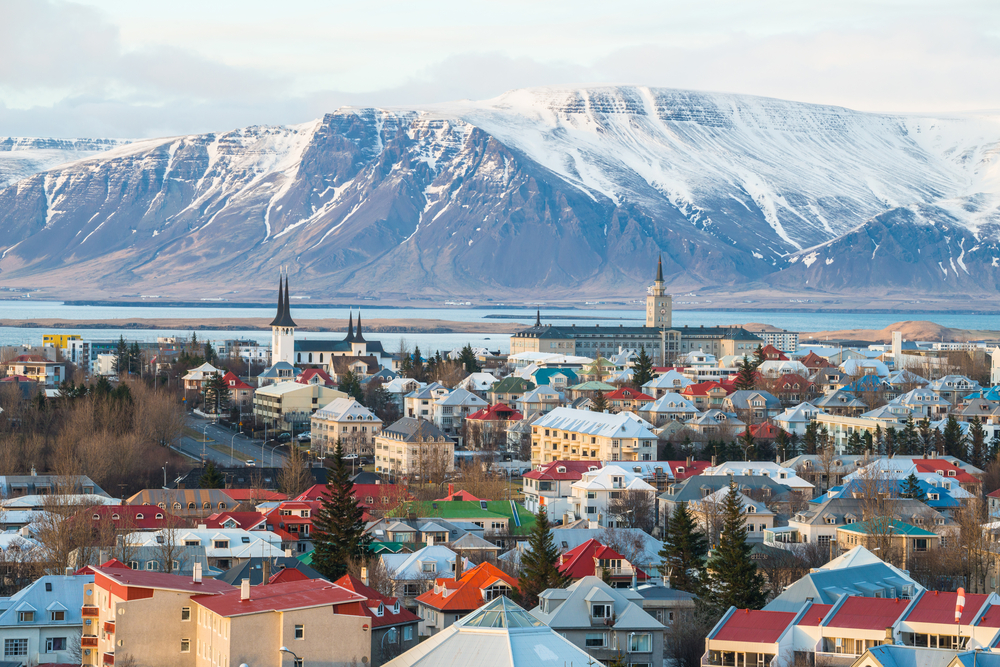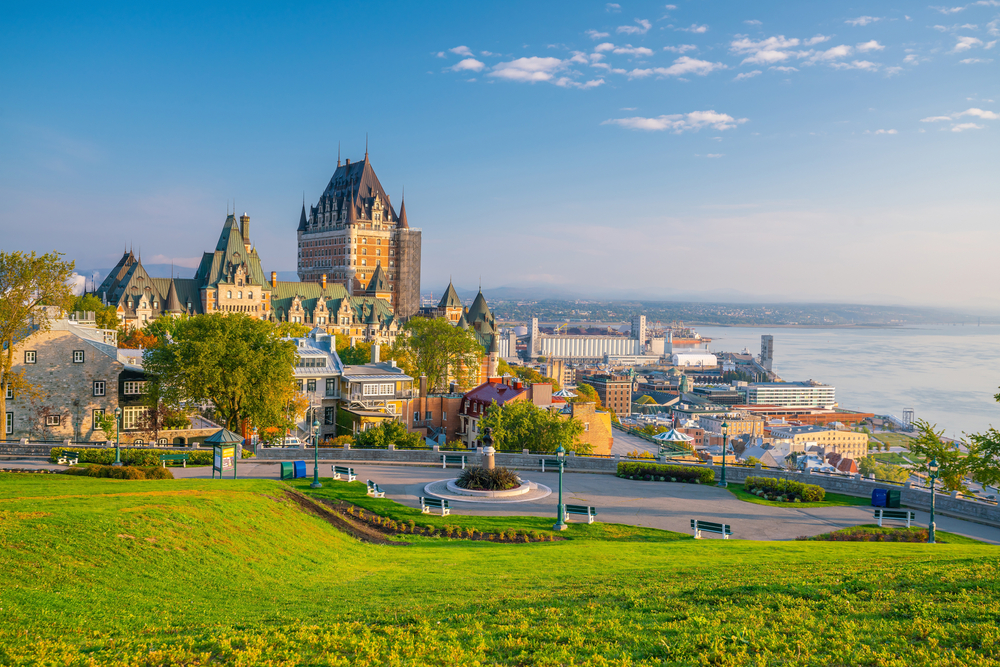This Earth Day, it’s important to look at the cities and countries around the world that are working towards sustainability.
With each passing year, the planet’s environmental crisis seems to grow stronger, scarier, and more dire. Titanic storms, devastating droughts, emerging pandemics, more extinctions, and endless deforestation. The human race has a lot to do in order to make the world a better, healthier, safer, and more stable place to live.
One of the most important ways we can help the planet (and ourselves) is by reducing the amount of fossil fuels we burn to produce energy. According to the EPA, burning fossil fuel produces gaseous emissions including carbon dioxide, methane, and nitrous oxide. When emitted, these gasses exacerbate the greenhouse effect, which is the process of heat entering Earth’s atmosphere and getting trapped, resulting in a warmer planet.
Even worse, these gasses can be toxic at high levels. Various studies have proven that living near freeways increases the chance of developing asthma (especially in children), cardiovascular problems, and even worsened cognitive ability and dementia. Further proof comes from Lousiana’s “Cancer Alley”, a strip along the Mississippi River filled with refineries and petrochemical plants. The region’s air and water are heavily polluted and residents in the area have astronomical rates of cancer, respiratory issues, and more. It’s become so bad that even the UN has issued a statement calling it a human rights abuse.
All of this points to one simple truth: To save ourselves, we must reduce (and eventually stop) the burning of fossil fuels. Fortunately, there are many countries out there that are taking steps to reduce their dependency on fossil fuels by investing in alternative energy sources and enacting environmental policies and initiatives.
Norway

Bergen, Norway (Photo: Marius Dobilas)
Norway is often seen as the world’s most sustainable country. According to the BBC, the nation secures 99% of its domestic energy needs from renewable sources such as wind turbines and hydropower.
However, producing sustainable energy is only one factor in the fight against climate change. Another goal is to reduce the amount of energy we depend on, especially for things like traditional automobiles that, by design, can only function using fossil fuels. To help with this, Norway has undertaken many projects to help its cities become greener and healthier. For starters, Norway has the highest percentage of electric vehicles in the world. Secondly, it designs its cities to be safe and walkable, and lastly, Norway invests in mass transit, making it easy for citizens to ditch their cars on their daily commute.
New Zealand


Auckland, New Zealand (Photo: Stargrass)
New Zealand is an ambitious nation. Despite its small population and relatively distant location from anywhere else in the world, the country is determined to become a global leader in sustainability. The government has declared it wants to be completely carbon neutral come 2050, and New Zealand is currently making heavy investments in renewable energy.
Thanks to the country’s large amount of volcanic activity, geothermal energy production seems to be a promising endeavor that could pay off big for the country in the future. Currently, New Zealand produces 27.9% of its energy needs from renewable sources, including not just geothermal, but also wind, solar, and biogas.
But that’s not all the country is doing to become carbon neutral. Within the last decade, New Zealand electrified Auckland’s rail line and increased its number of stations, ensuring more residents can commute by train. The country is also investing in walking and cycling trails in order to reduce its dependence on automobiles.
Iceland


Reykjavik, Iceland (Photo: Boyloso)
The government of Iceland reports an incredible and astonishing figure: the country is able to meet 85% of its domestic power needs through renewable energy sources coming from hydropower and geothermal energy (which is harnessing the heat of volcanic activity underneath the ground to produce power). The UN even states that 9 out of every 10 homes in the country is heated by geothermal power. This is all thanks to Iceland being (quite literally) a hotbed of volcanic activity.
Iceland has also created an environmental action plan, with the goal of becoming carbon neutral by 2040 at the latest. The plan is multi-faceted and involves initiatives such as composting programs, wildlands conversation and reforesting efforts, and even establishing a carbon-neutral beef production policy for farmers. Of the 63 projects stated in the plan, 28 are already being implemented, solidly placing Iceland on the path of hitting its goal of carbon neutrality.
Canada


Quebec City (Photo: f11 photo)
Canada is in a very odd situation when it comes to sustainability. It’s the second-largest country in the world by landmass, yet it only has a population of about 38 million. It has the potential to be an incredibly green and sustainable nation. However, Canada was also built upon drilling for oil and mining for resources, meaning the country has a deep-rooted investment in dirty industries. This is likely why Canada only currently gets 18.9% of its electricity from renewable sources, mostly hydroelectricity.
However, Canada is determined to live up to its reputation as a wild, natural, and beautiful country. The nation has announced its new climate plan that involves tons of initiatives like investing in electric vehicle charging stations, building more wind and solar farms, and even increasing investment in green architecture and LEED buildings. But most importantly, Canada is committed to its nature. The nation has committed to protecting 30% of its land by 2030 in order to preserve its unique and truly stunning biodiversity and natural habitat.
Sweden


Stockholm, Sweden (Photo: Oleksiy Mark)
Sweden currently meets 59% of its annual energy needs through renewable sources. And while some countries do better than that, it’s Sweden’s massive amounts of green initiatives that truly make it a sustainable wonder.
The government has actively supported numerous sustainability programs and, to date, the country is actually ahead of its conservation and sustainability goals. Projects included building sustainable housing that uses biogas produced from food waste, protecting green spaces around Stockholm to ensure everyone is always close to nature, supporting companies that specialize in green tech and environmental research, and supporting its major cities with lots of transit options like electric bikes, trams, and busses that have all been running on sustainable fuel since 2017.
But Sweden isn’t done yet. They’re currently unveiling a whole new wave of environmental initiatives, including national urban farming and beekeeping programs, electric busses, and a plan to ensure that 90% of plastics and metals are recycled (the country is currently recycling 84%, putting them extremely close to hitting their goal).
If you want to be more sustainable in your daily life, check out these articles from Passport:
7 Easy Ways to Lower Your Carbon Footprint and Stop Climate Change


